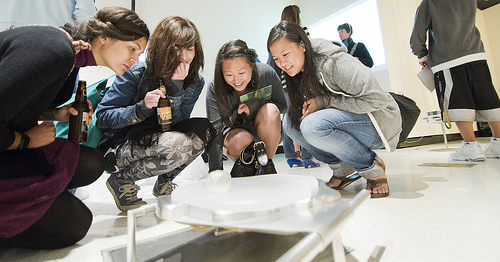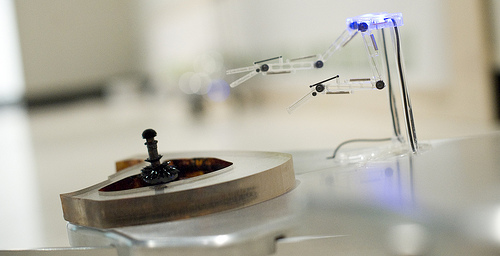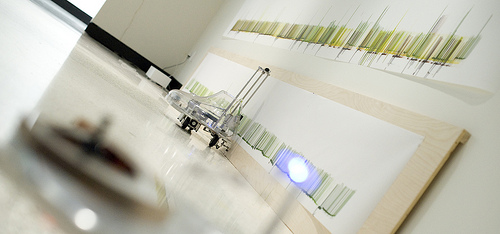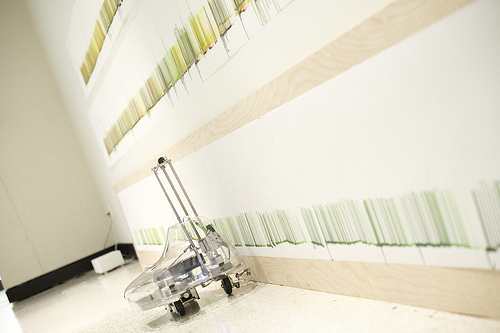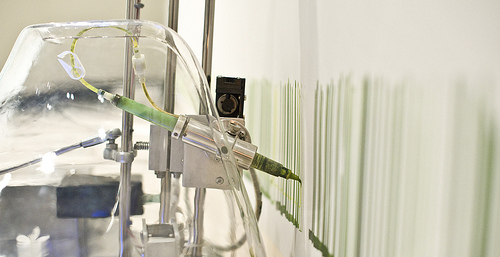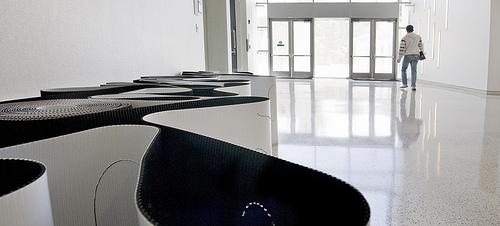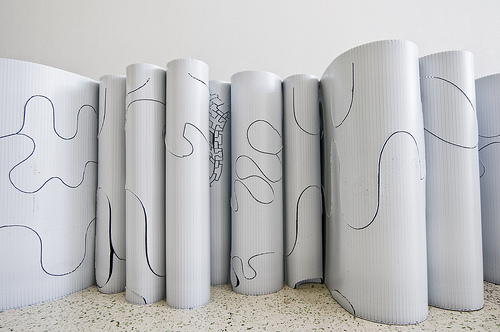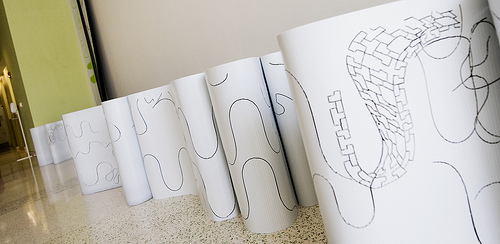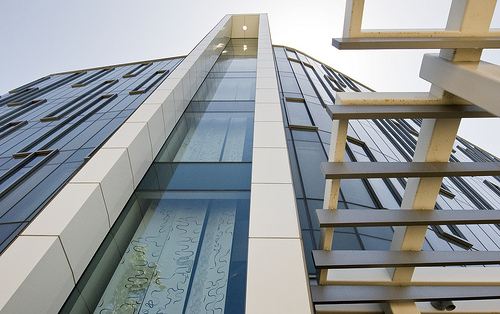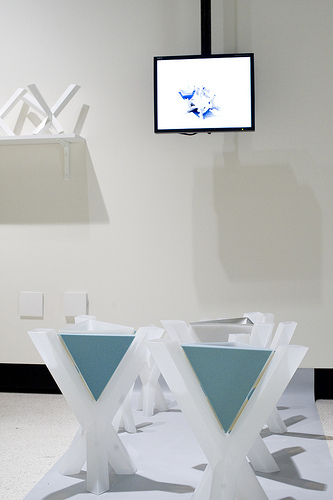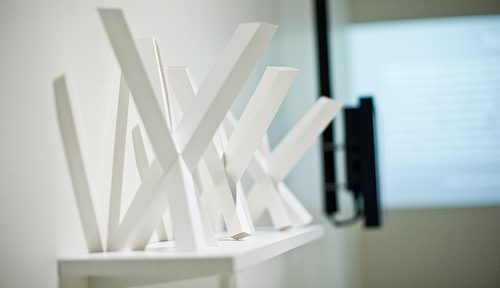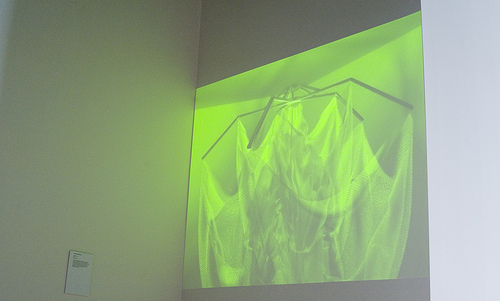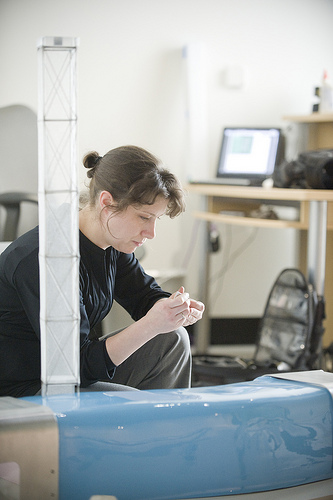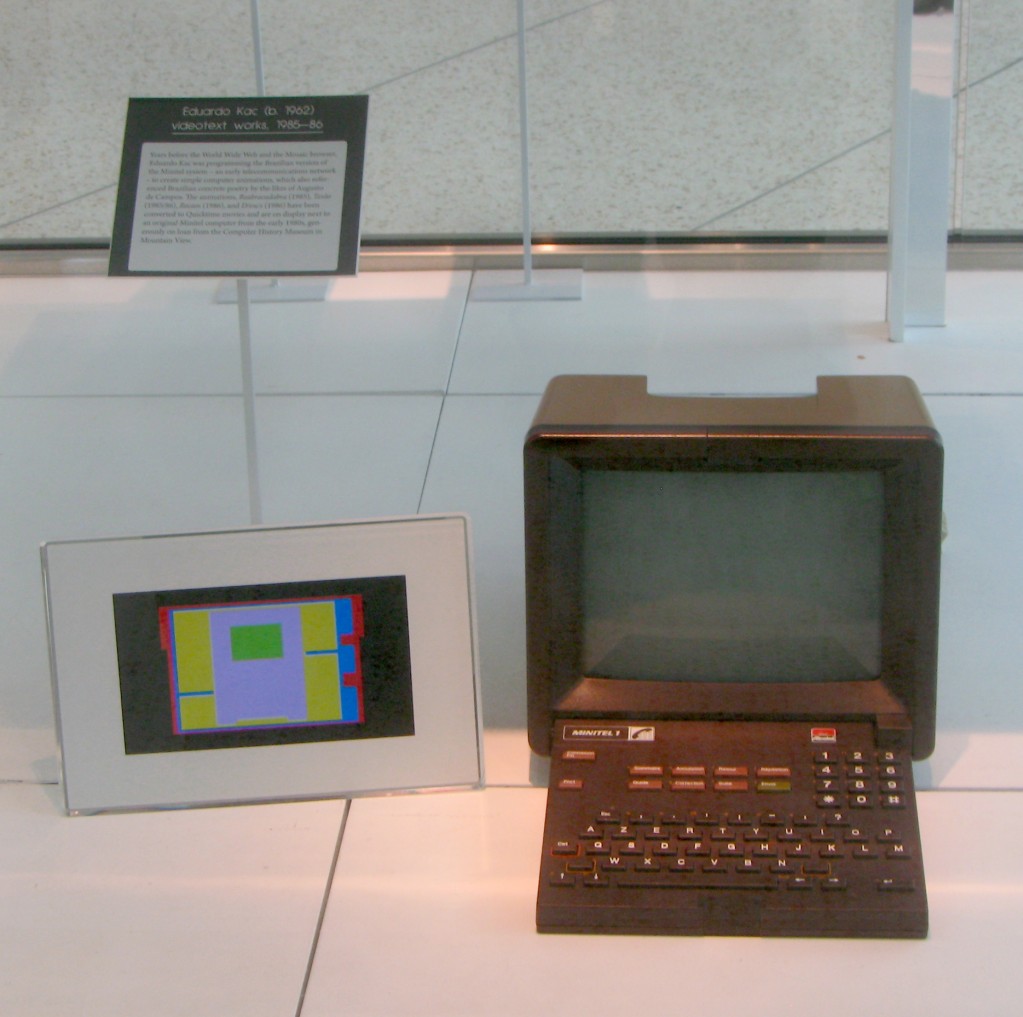
Futurefarmers: A People Without A Voice Cannot Be Heard, August 4-September 4, 2010
Founded in 1995, Futurefarmers is a San Francisco–based interdisciplinary collective of artists aligned through an open practice of making art that is socially, politically, and environmentally relevant. As part of Open Field, the Walker is partnering with Northern Lights.mn to commission A People Without A Voice Cannot Be Heard, a temporary, free school using the “voice” as a theme to guide workshops and public events that explore methods to amplify, coordinate and channel our individual and collective voice. Auctioneers, theorists, conductors, ethnomusicologists, local newspapers, artists, and speech pathologists are invited to consider “voice” as a tool for exchange and liberation.
Working with a core group of local collaborators, Futurefarmers Amy Franceschini and Michael Swaine will look at ways that the voice has been used to pass time through song, to elevate the spirit through oratory, to create camaraderie through conversation, and as a “megaphone” in the media. The new group will then teach what they learn to the public throughout the month. The project culminates with a public event and live auction called “Auctions Speak Louder Than Words” on Saturday, September 4.
Sunshine Still
Futurefarmers will also present Sunshine Still at the 2010 01SJ Biennial in September.

Futurefarmers, Sunshine Still, 01SJ Biennial












